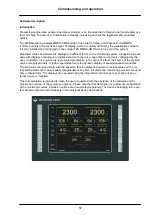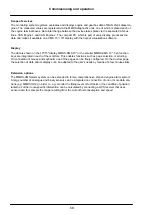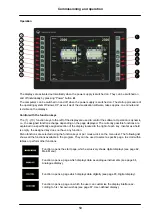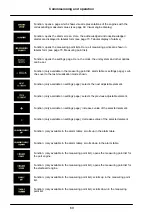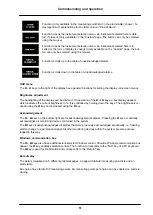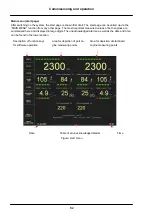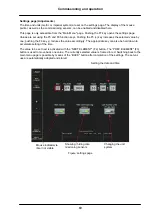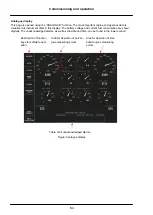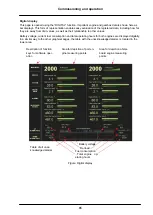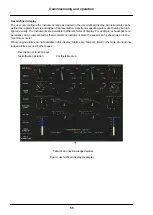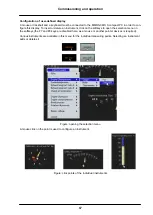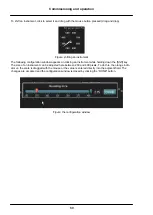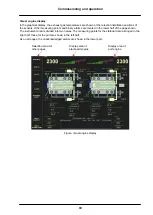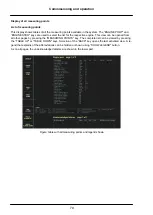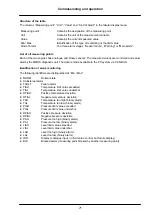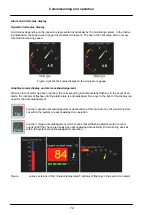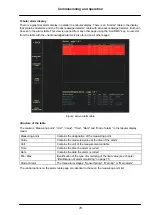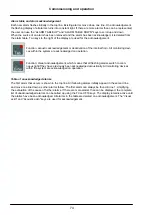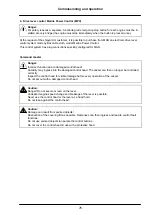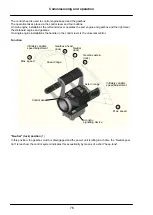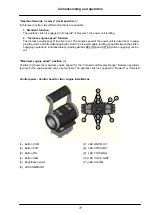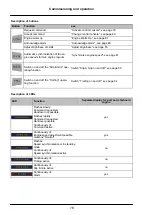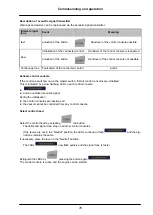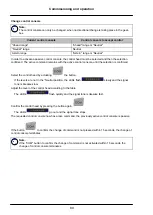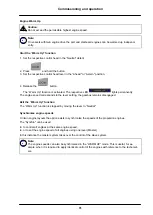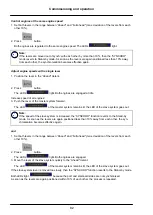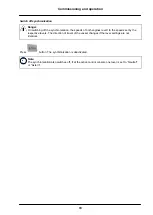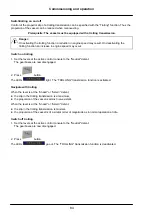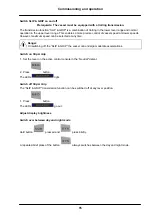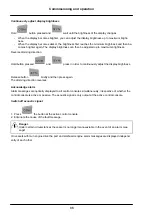
Commissioning and operation
71
Structure of the table
The columns “Measuring point“, “Unit", “Value" and “Kind of Alarm" in the tabular display mean:
Measuring point
Contains the designation of the measuring point
Unit
Contains the unit of the measurement variable
Value
Contains the current measured value
Min / Max
Identification of the type of monitoring of the limit value
Kind of Alarm
The three alarm stages: “Sensor failure", “Warning" or “Main alarm"
List of all measuring points
Each of the two engines has analogue and binary sensors. The measured values are monitored and evalu
ated by the MMDS diagnostic unit. The data is made available to the PC system via CAN BUS.
Identification of alarm monitoring
The following identifiers are distinguished at “Min / Max":
D
NORM
Normal state
D
XAExternal alarm
D
FAULT
Failure alarm
D
TIAH
Temperature limit value exceeded
D
TIAL
Temperature limit value undershot
D
DTIAH
Positive temperature deviation
D
DTIAL
Negative temperature deviation
D
TAH
Temperature too high (binary alarm)
D
TAL
Temperature too low (binary alarm)
D
PIAH
Pressure limit value exceeded
D
PIAL
Pressure limit value undershot
D
DPIAH
Positive pressure deviation
D
DPIAL
Negative pressure deviation
D
PAH
Pressure too high (binary alarm)
D
PAL
Pressure too low (binary alarm)
D
LIAH
Level limit value exceeded
D
LIAL
Level limit value undershot
D
LAH
Level too high (binary alarm)
D
LAL
Level too low (binary alarm)
D
IND
Display (analogue input, no limit value control, but failure display)
D
BLC
Blocked alarm (measuring point blocked by another measuring point)

